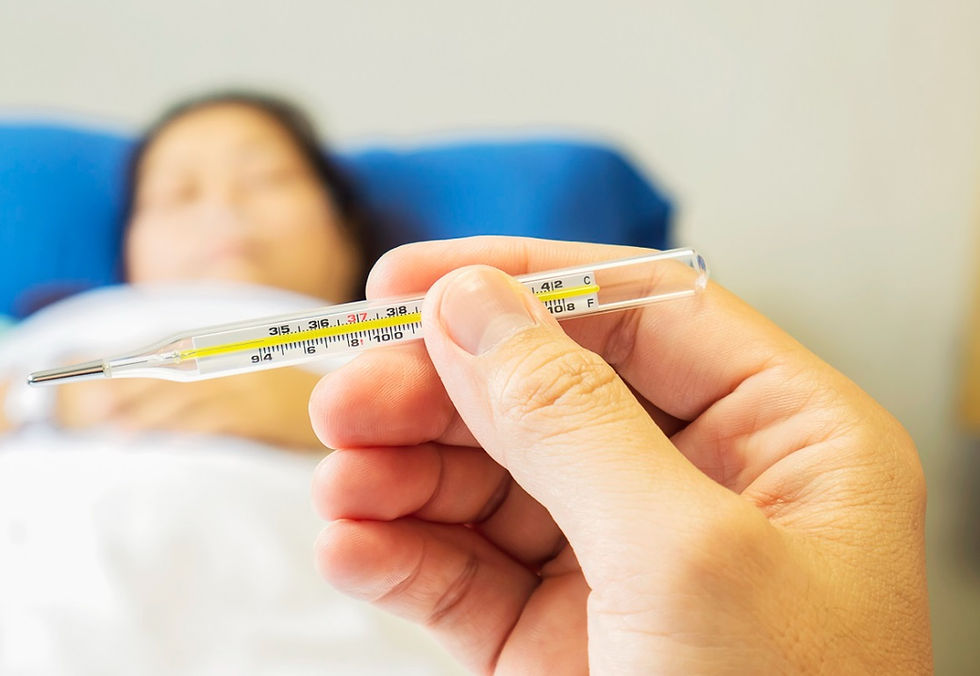Heat Index Explained: How Your Body Feels Temperature, Humidity
- Balitang Marino

- Apr 24
- 2 min read
Updated: Apr 25

With scorching temperatures prevailing in the Philippines, people only need to do so little to work up a sweat. And while it's expected that temperatures rise during the dry season, that's not all there is to the heat your body is feeling.
You've probably had a conversation at least once when you said it's "mainit" (hot) only for the other person to say that it's "maalinsangan" (humid). It's both.
That heat you feel during summer is caused by both searing air temperatures and relative humidity, which refers to the moisture content in the atmosphere.
In understanding how this affects your body, there's the heat index to help people navigate the temperature they feel.
What is the heat index?
The heat index, according to state weather bureau PAGASA, is a human discomfort index that gives the apparent temperature. This is what people perceive or feel as the temperature affecting their body, and may differ from actual temperatures.
High air temperatures and high relative humidity will give high apparent temperatures, PAGASA said. An example of this is full exposure to sunshine which can increase the heat index by 8°C.
In Dagupan, Pangasinan for instance, the actual air temperature recorded by PAGASA on Wednesday, May 5, was 34°C. Combine that with relative humidity recorded at 69% and that gives you a heat index of 46°C. This means people in Dagupan felt like the temperature was 46°C.
Here's your heat index guide from PAGASA:
27-32°C- Caution
Fatigue is possible with prolonged exposure and activity
Continuing activity could result in heat cramps
32°C to 41°C - Extreme Caution
Heat cramps and heat exhaustion are possible
Continuing activity could result in heatstroke
41°C to 54°C - Danger
Heat cramps and heat exhaustion are likely
Heatstroke is probable with continued activity
Over 54°C - Extreme Danger
Heatstroke is imminent
To beat the heat, here are some tips from PAGASA:
Stay indoors as much as possible, if air conditioning is not available, stay on the lowest floor out of the sunshine
Wear lightweight and light-colored clothing. Light colors will reflect the sun's energy.
Drink plenty of water regularly. The body needs water to keep cool.
Water is the safest liquid to drink during heat emergencies. Avoid drinking liquor because it dehydrates the body.
Eat small meals however eat more often. Avoid eating foods of high in protein which can increase metabolic heat.
Source: www.spot.ph





Comments